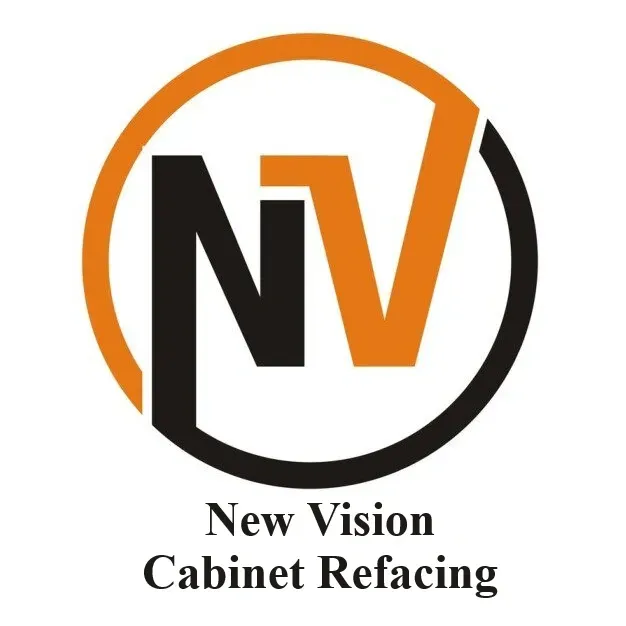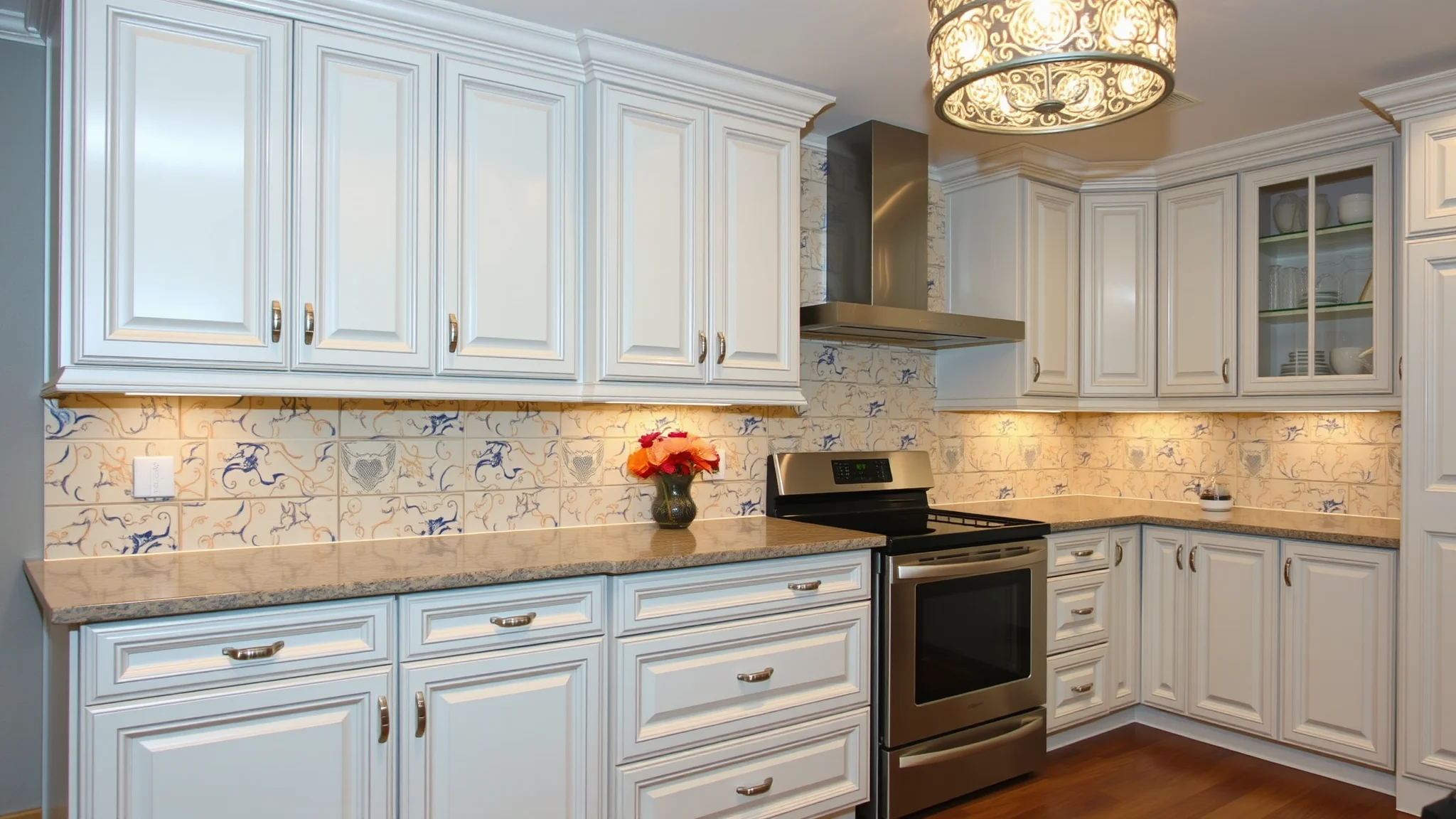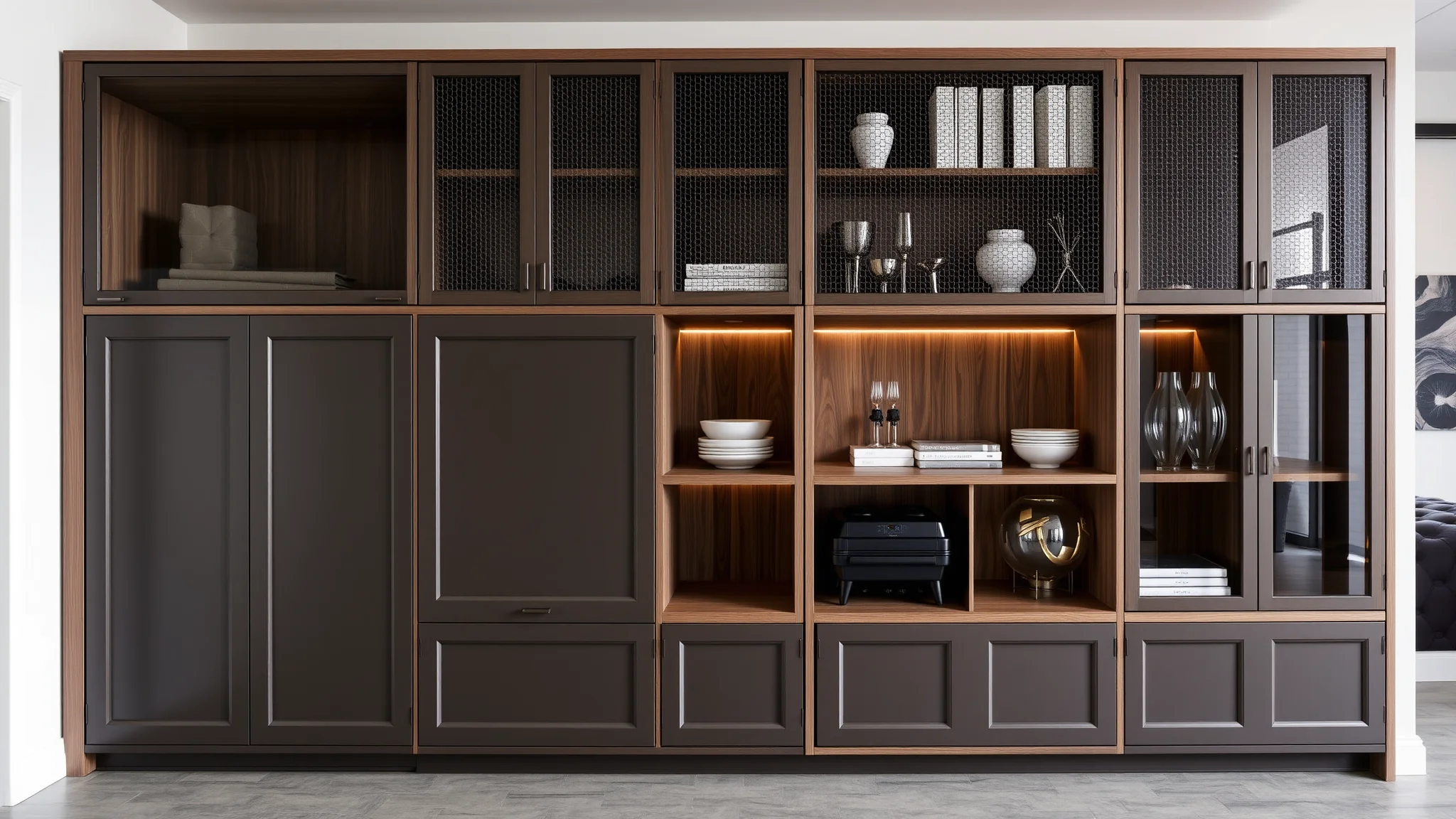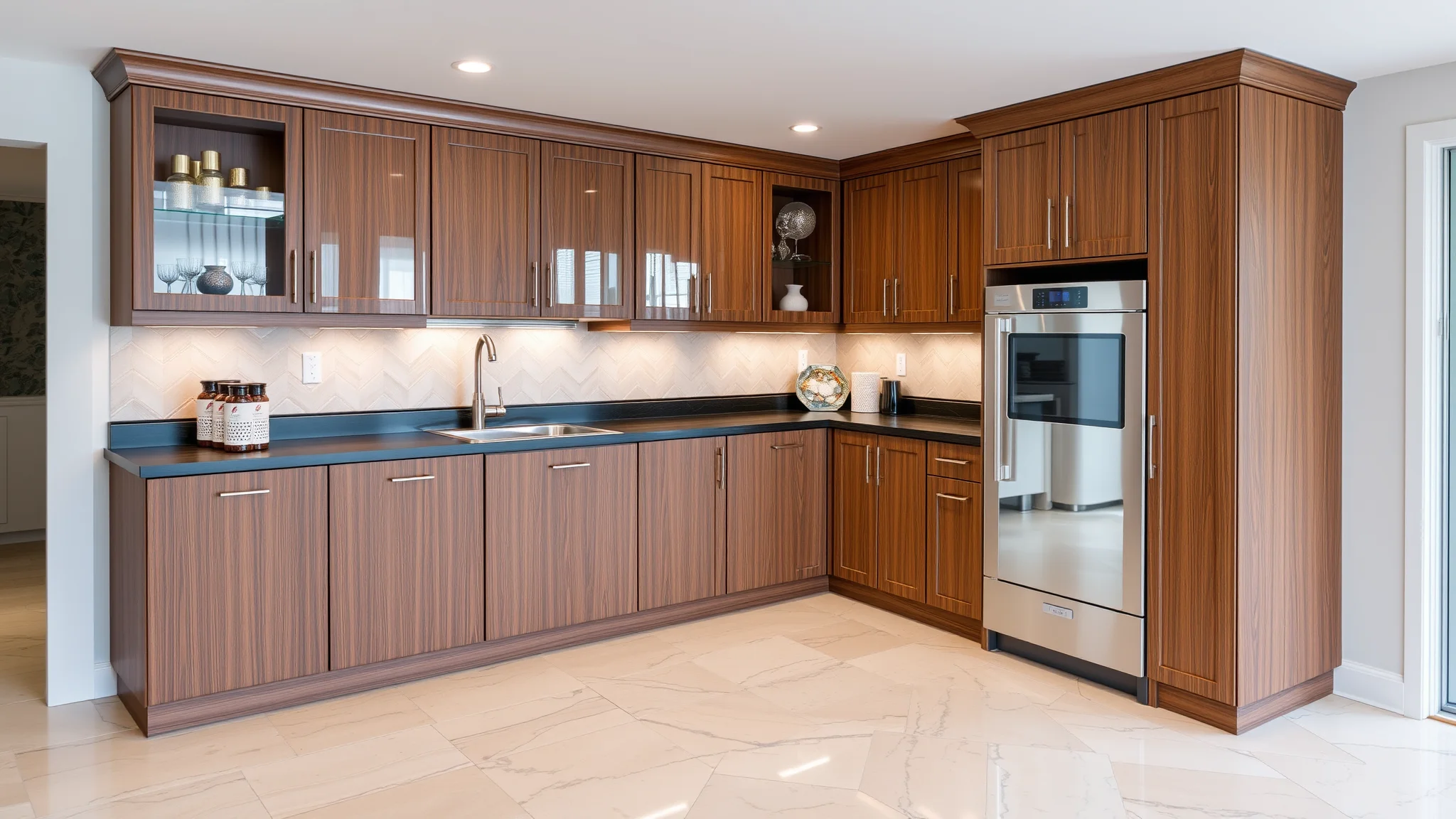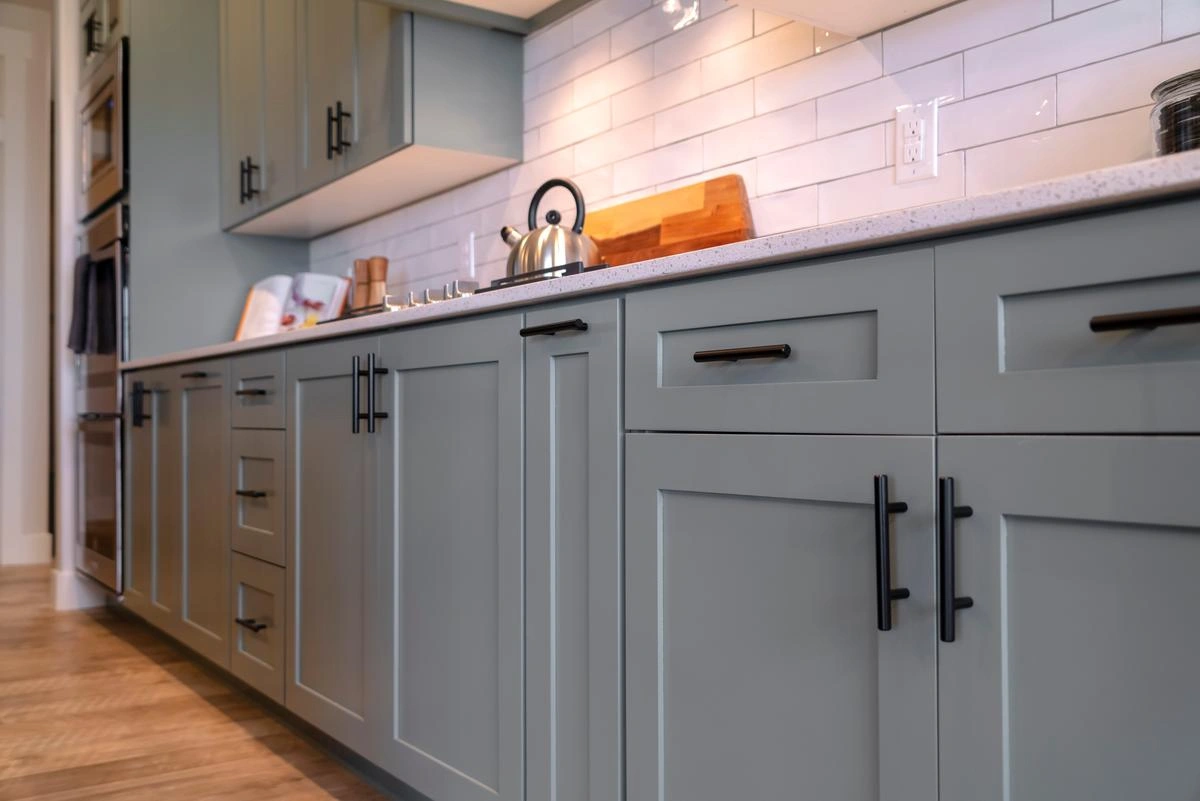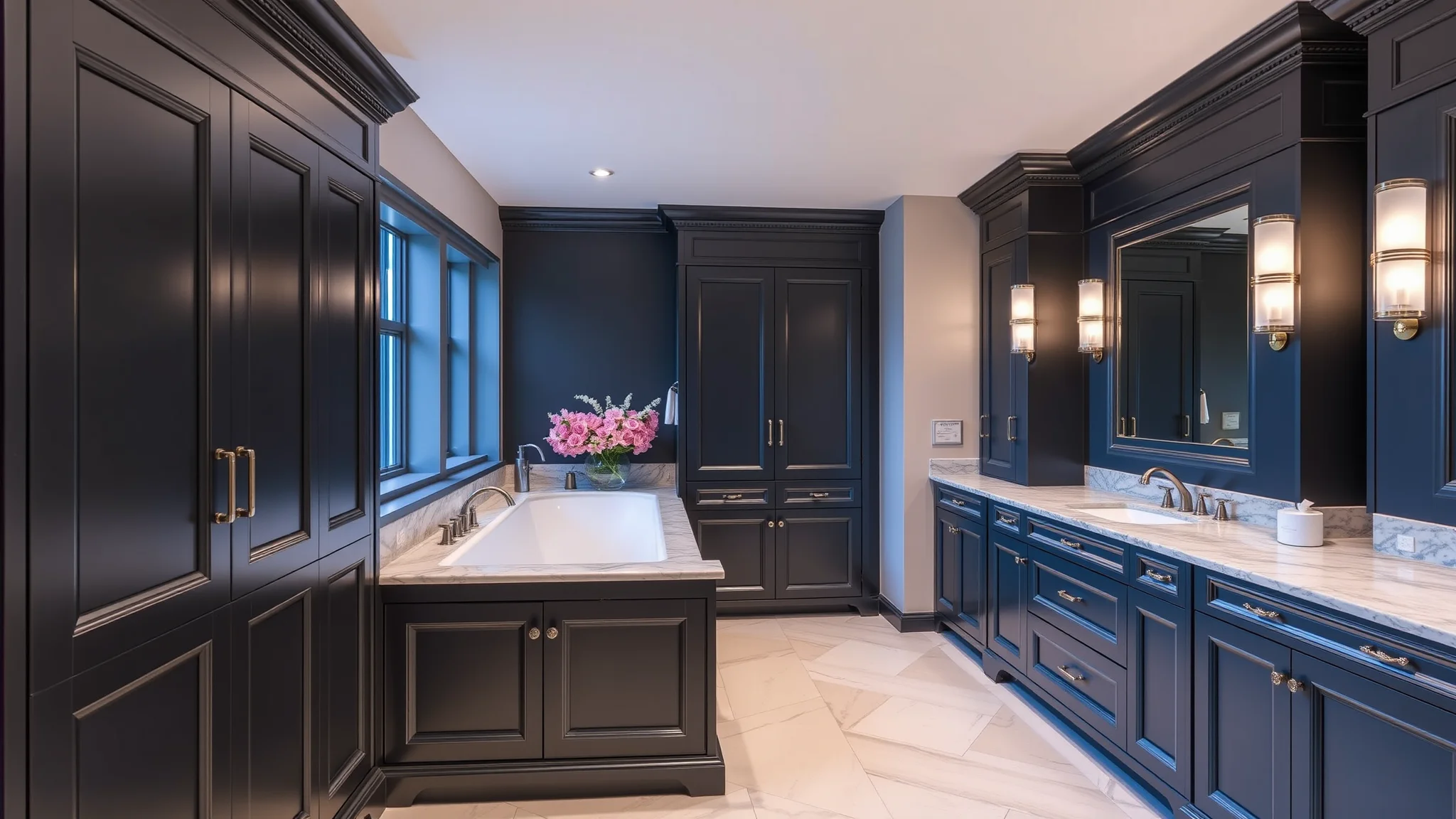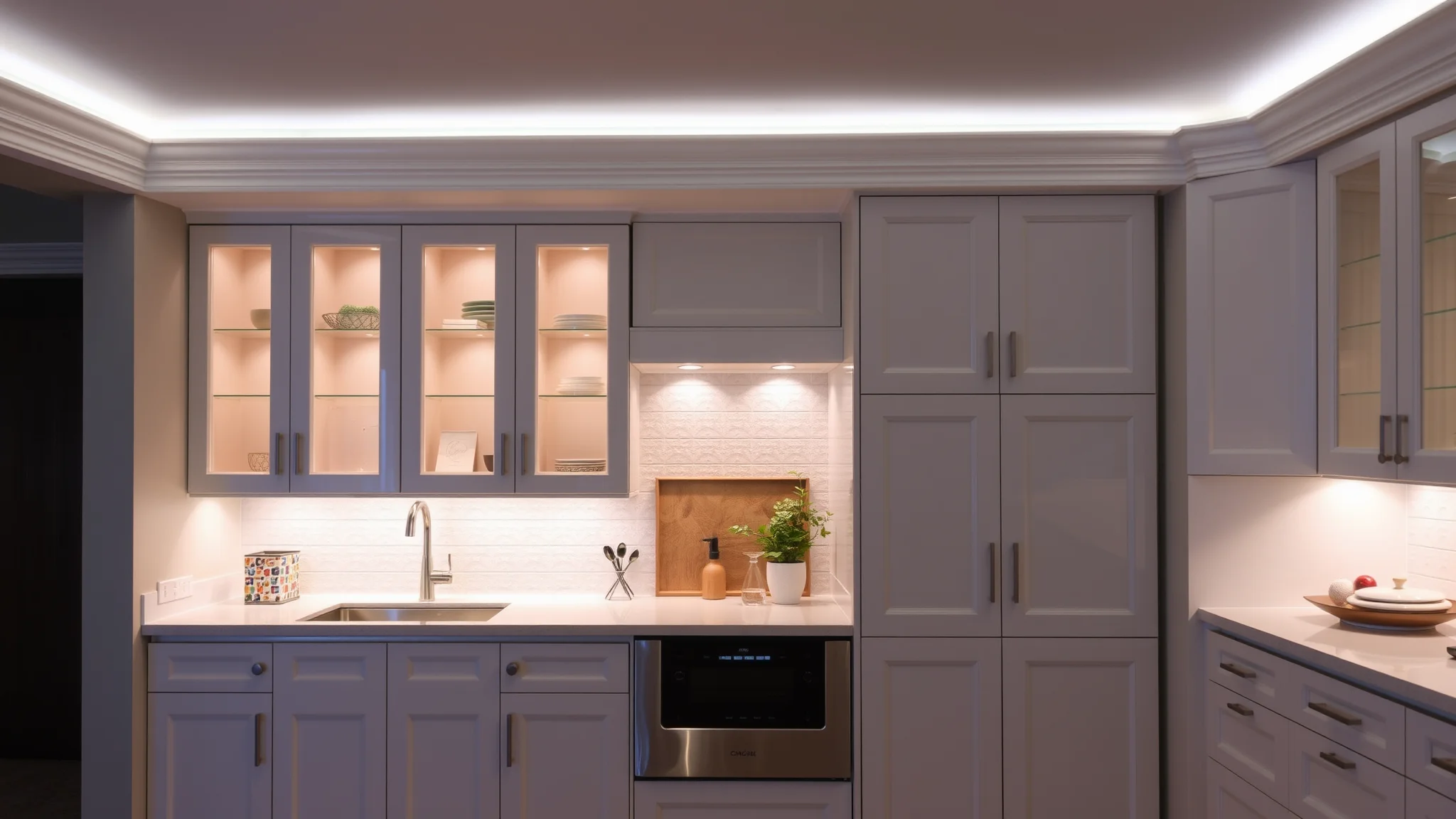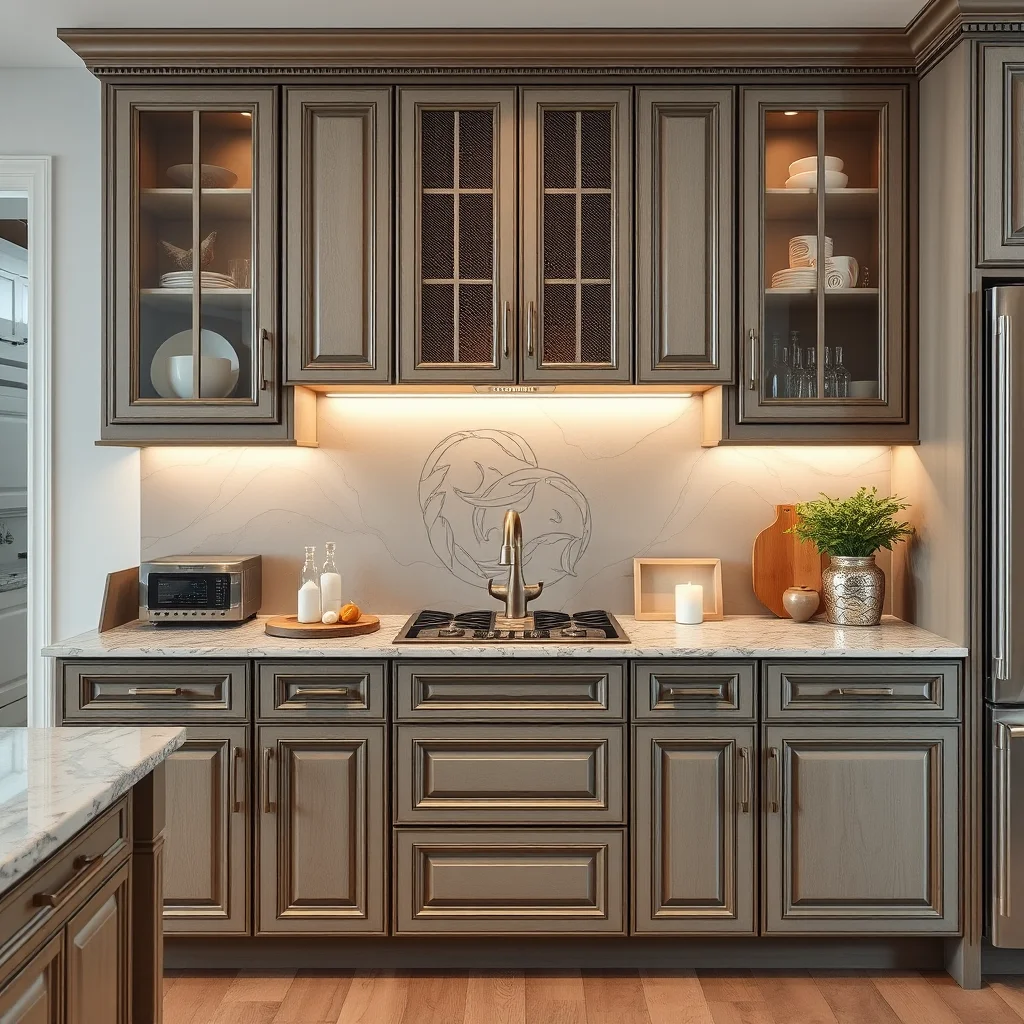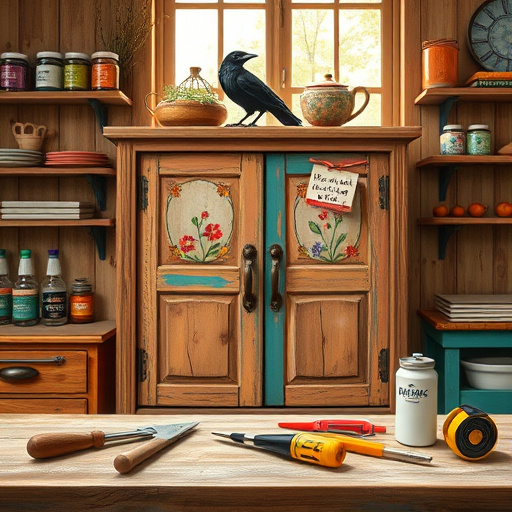
How to Remove Old Cabinet Doors: Step-by-Step Guide
How to Remove Old Cabinet Doors: A Step-by-Step Guide to Revitalize Your Space
Renovating your kitchen or bathroom often begins with an honest assessment of your cabinets. Over time, cabinet doors can become worn, outdated, or damaged, giving your space a tired appearance. Knowing how to remove old cabinet doors is a crucial first step in transforming these areas into fresh, stylish spaces. Whether you're considering a full cabinet replacement or a simple refacing project, mastering this process allows for a smooth renovation journey. This guide provides you with in-depth insights and practical steps to remove old cabinet doors carefully and efficiently, all while maintaining grace and precision.
Removing cabinet doors correctly ensures that your cabinetry remains undamaged, making subsequent refinishing or replacement easier. It helps prevent unnecessary costs and complications during your remodeling process. Plus, this knowledge empowers you to undertake DIY projects confidently, enhancing the appeal and value of your home.
What tools do I need to remove old cabinet doors?
- Screwdriver (preferably a Phillips-head and flat-head)
- Power drill with screwdriver bits (optional for faster removal)
- Putty knife or flat pry tool
- Drop cloths or towels to protect surfaces
- Labeling materials like painter’s tape and marker
- Safety glasses and gloves for protection
Having these tools ready will streamline your project and ensure safety during the process.
Clear the area around your cabinets to prevent accidents and make access easier. Cover countertops and floors with drop cloths to protect against dust, debris, or potential scratches. Remove any decorative hardware, such as handles or knobs, to avoid damage or loss. Label each door and its corresponding hardware, especially if you plan to reattach them later, to ensure proper reassembly.
What is the step-by-step process to remove old cabinet doors effectively?
Following these detailed steps will help you remove your cabinet doors with grace and simplicity:
Step 1: Identify the type of hinges used
Most cabinets employ either traditional or European hinges. Understanding the hinge type will influence the removal method. Examine your hinges closely to determine the best approach.
Step 2: Unscrew the hinges from the cabinet frame
Using your screwdriver, carefully remove the screws holding the hinges to the cabinet frame. Support the door with one hand as you loosen the screws to prevent it from falling unexpectedly. For easier access, consider using a power drill with a screwdriver attachment, but proceed gently to avoid stripping the screws.
Step 3: Detach the cabinet doors
Once the hinges are unscrewed, gently pull the door away from the cabinet. If your hinges are of the clip-on variety, they may require you to press a release tab or slide them off. Use a putty knife or flat pry tool to gently loosen or leverage hinges if they are stuck.
Step 4: Store or label removed doors and hardware
Keep each door and hardware organized. Labeling them with painter’s tape and a marker ensures easy reinstallation, especially if you plan to restore or refinish the cabinets later.
What should I consider when removing heavy or large cabinet doors?
For larger, heavier doors, having an extra person to assist can prevent accidents. Ensure the workspace is clear of obstructions, and move slowly to avoid damaging the doors or surrounding structures. Secure the door with clamps or a helper to maintain control during removal.
How can I use the removed cabinet doors for a DIY project or alternative purpose?
Repurposing old cabinet doors can add a rustic or vintage charm to your space. Transform them into tabletops, wall art, bulletin boards, or garden planters. If you plan to reuse the doors, consider refinishing or painting them for a fresh new look. For expert guidance on cabinet transformations, check out our articles on cabinet refinishing for high wear areas.
How does professional help compare to DIY removal?
If you're unsure or dealing with complex hinges, soft-close mechanisms, or fragile cabinetry, enlisting professionals ensures safety and precision. Companies like top-rated cabinet makers in Marietta can assist in both removal and renovation, saving you time and effort while delivering impeccable results.
If your cabinets are outdated, damaged, or securely glued in place, removing doors alone might not suffice. In such cases, refacing or replacing entire cabinets could be a better investment for long-lasting results. To explore options, visit our detailed guide on bathroom cabinet remodeling near you.
Can I safely remove cabinet doors without damaging the surrounding cabinetry?
Yes, with patience and proper technique. Use gentle prying tools and avoid forcing hinges or screws, which can crack or chip the wood. When unsure, consulting a professional ensures your cabinetry remains intact during removal.
Once your doors are removed, you can proceed to refinishing, painting, or installing new hardware to revitalize your space. If your goal is a full refurbishment, consider consulting with experts specializing in cabinet refacing, like cabinet suppliers in Acworth. These professionals can guide you through the process from start to finish.
What common mistakes should I avoid during cabinet removal?
- Using excessive force, which can crack wood or loosen joints
- Failing to label hardware, complicating reinstallation
- Skipping support for heavy doors during removal
- Not wearing safety gear, risking injury
- Neglecting to inspect hinges for proper removal methods
Avoiding these pitfalls ensures a smooth and graceful removal process, setting the stage for your next renovation phase.
Proper cleaning, refinishing, or even professional cabinet refacing can dramatically improve your cabinetry's appearance and longevity. For high-traffic or high-moisture areas, consider specialized treatments available at cabinet refinishing for high wear areas. This preserves the integrity of your cabinets while updating their look.
Final thoughts: Transforming your space with confidence
Understanding how to remove old cabinet doors with grace and care empowers you to take charge of your home renovation projects. Whether you're aiming for a quick refresh or a complete remodel, the key lies in patience, proper tools, and a clear plan. Remember, professional assistance is available if needed, ensuring your project progresses smoothly from start to finish. With each step, your home moves closer to the space you've always envisioned—beautiful, functional, and uniquely yours.
Examine your hinges for clip-on, butt, or European types. Clip-on hinges are generally easy to remove with a quick release, while butt hinges require unscrewing. Identifying the hinge type helps select the right removal method and tools.
Yes. Removing doors allows for a more precise application of paint or stain, preventing drips and ensuring even coverage. It also facilitates thorough cleaning and preparation for a professional finish.
Absolutely. If you take care to label and store hardware properly, reattaching your cabinet doors can be straightforward. It's a cost-effective way to update your kitchen or bathroom appearance without replacing entire cabinets.
Local professionals specializing in cabinet refacing and remodeling, such as cabinet remodeling in Johns Creek, Georgia, can provide expert guidance and efficient services to elevate your project.
Professionals offer expertise, experience, and tools that can ensure a flawless removal process, minimizing damage and saving time. They can also advise on subsequent steps like refinishing or replacement, ensuring a harmonious transformation.
Embark on your cabinet refurbishment journey with confidence, knowing you have all the insights needed for a graceful, seamless transition. For comprehensive renovation services, contact New Vision Cabinet Refacing, your partner in creating beautiful, functional spaces with style and sophistication.
